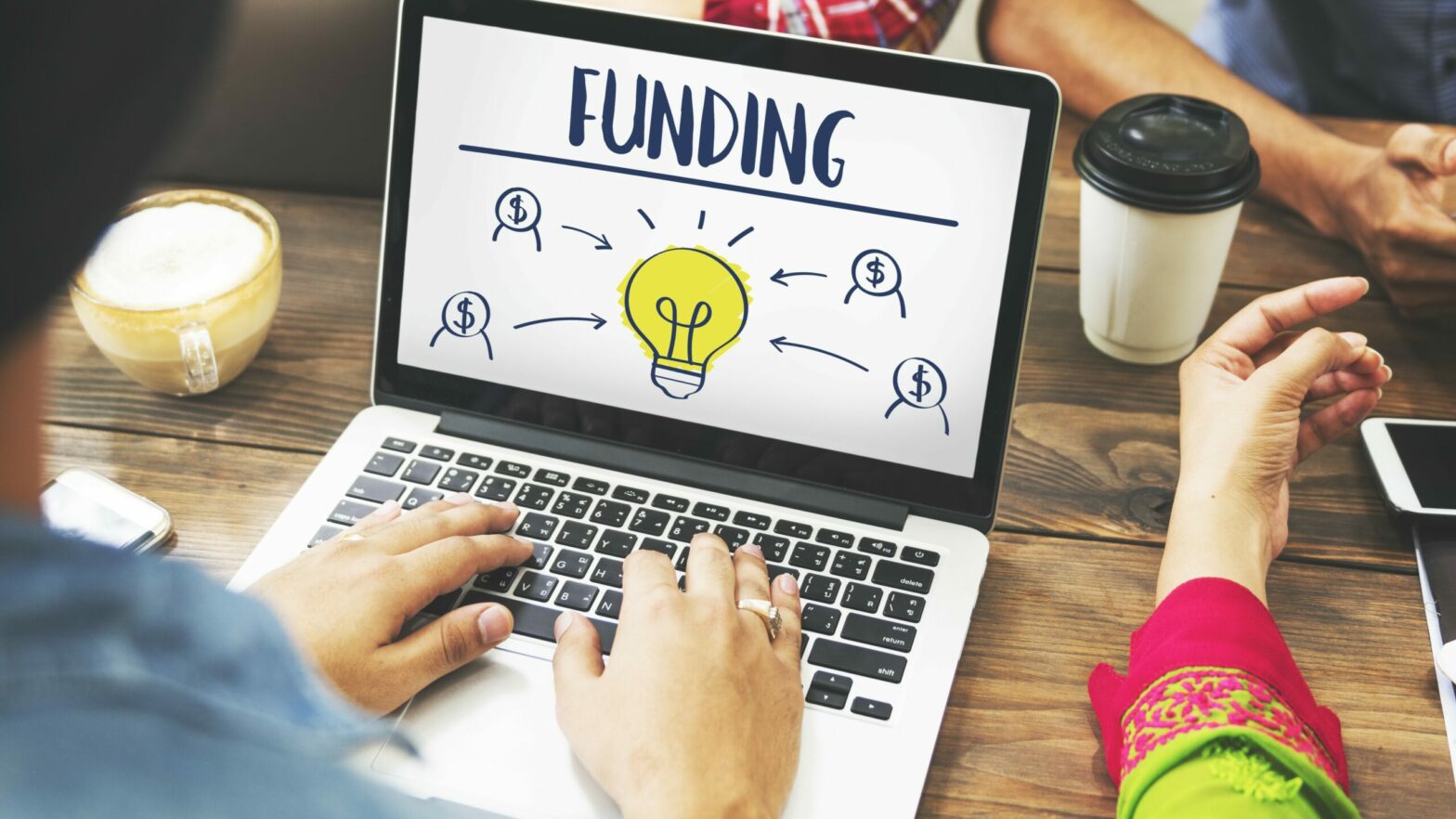In March, my company MPB closed its Series D funding round – securing a deal for £49.8m from Vitruvian Partners with support from Acton and involvement from our previous investors. It was a great success for us, helping to extend international expansion and focus on new products which can appeal to the growing bank of content creators using professional kit. Coming to the end of that process got me thinking about the beginning and our journey to get from there to here.
What we’ve learned at MPB as we navigated our way through the different funding rounds since 2015, is that the questions investors ask don’t necessarily change, but that as the company seeking funding, you will get smarter in your approach and understand that it’s not simply securing the investment you need but getting it from the right partner for the right reasons. You’ll also learn that every connection you make is important.
Before we went for Series A, we’d grown the business with debt, getting us to £5m revenue. The team then was around 18 strong and we’d got to a stage where the business almost had too much momentum and cashflow was getting tricky. We wanted to move into the US market, but knew we’d need investment. That’s where we started our funding journey – brimming with ambition but with limited knowledge of how raising money worked.
>See also: Future Fund: Breakthrough – 6 tips for tech start-ups
Series A – Make networking a priority
We learned very quickly that at Series A investors wanted to know how big your market was – the scale of the opportunity and how much of that market you believed you could take. They wanted to know what the competition looked like. At this stage it’s about them looking at your ideas, your product and perhaps more importantly, the people around you. They’re investing in the people just as much as the organisation – and they’re not keen on a founder that doesn’t surround themselves with smart and capable people.
We know this now, but when we first set out to look for investors, we didn’t have this knowledge under our belt. We didn’t use advisors, so we learned on our feet. We spent several months networking furiously. My personal tactic was to sit in the front row at every event we went to and ask what I hoped was a well-crafted question right at the end of the panel discussion and, as part of that question, mention MPB and our revenue. That helped us have more conversations that we might not have secured otherwise. Looking back, we know now that many of the investors we spoke to in those early days would never have written us a cheque, but they were important conversations that often led to others that were more fruitful.
A saying I really believe in is “walk through every open door”. Networking is hard, but go; don’t miss an opportunity. It could be that at the one event you didn’t think was worth it, something happens that turns into an important link in a long chain that ultimately gets you where you need to be.
Series B – Get your planning right
Our experience at Series B taught us five valuable lessons: be very clear about what you want to do with the funds you’re raising – for us this was squarely about expansion into the US. Alongside this, what is the number one metric that is going to get you this round of funding? For MPB this was the cost of acquisition in the US. Our final three lessons were to plan ahead, be fully prepared, and to pace yourself.
Even though we had learned a lot, and quickly, at Series A, this round was still a challenge.
In between A and B we were still going a bit too fast, which meant we had to move quickly to secure the funds we needed to maintain momentum.
We left our Series B funding later than we should have done, so we were short of time for planning and understanding what investors were looking for and we underestimated how long the process would take – towards the end of the process we had a difficult time with cashflow. We were successful and had multiple offers but learned the importance of giving yourself the right amount of time to do thorough planning and preparation. You need at least three months for planning, and you need to be prepared for the due diligence required after receiving offers, which could take up to six months.
‘I would recommend working with advisors from the earlier stages, but companies shouldn’t assume this means they will be instantly more ‘bankable’’
Series C – Know your funds
When we approached Series C funding for MPB we had considerably more experience under our belt and had learned from previous missteps. Two essential pieces of advice for those companies looking at Series C are to understand the fund size and then understand the cheque size. For example, you need to research the average size of the cheque a fund has been writing in the past 12 months, look at how many deals they have done, and where the fund is in its cycle. A £500m fund isn’t going to be right for a young company looking for £10m – and the reverse is also true. Unlike our first funding rounds where we pursued meetings with multiple investors, at Series C we knew exactly who we wanted to work with, so we targeted them with a strong and tailored pitch.
For MPB, Series B had been about operational build out. It funded our first big warehouse site in Brighton and supported our expansion in the US. However we lacked senior managerial talent and knew we needed to invest in our people. So for us, Series C was all about the team. We needed to get a strong CTO on board as well as data analysts and continue to build out our product and engineering team. Series C funding allowed us to do this and then plan for growth to the next level.
>See also: 6 questions you need to ask when investing in a start-up
Series D – make use of experts
From Series A closing in December 2015 to Series D closing in March of this year, we had come a long way and accrued a significant bank of experience, but we knew this was going to be a game changer and possibly the most challenging funding round we had faced.
For those companies looking at Series D, my advice would be to allow ample time to prepare. You need to develop a strong growth model and a robust financial forecast that will stand up to expert scrutiny. It’s essential to invest plenty of time in this and if you don’t have the skills in-house, bring in a consultant that does.
As with previous rounds, you need to think about the kind of investors you want to work with. For MPB that meant looking for those that were already working with “peer organisations” – those who had invested in organisations that support a circular economy in their field – and would therefore understand our business model and the scale of our opportunities for growth.
For the first time we brought in advisors and this is something we would recommend, even though we had been successful in our previous three rounds without them. The key reason for us was that the need to work with multiple stakeholders meant it would be a better process and outcome for everyone if we worked with an impartial, external advisor to achieve our ambition for Series D – and it also saved our senior executives a lot of time.
Our approach paid off and from pitch to close took us only seven weeks. Expert advice may not be cheap, but it’s a sound investment. This applies equally to working with a first-class legal team. These are complex agreements and you need to ensure nothing slips through the net that will cost you further down the line.
Should you use advisors for every round?
One of the questions I’m asked the most about navigating the funding journey is whether to work with advisors from the outset. We didn’t and have no regrets. That said, having advisors on board for Series D made a huge difference and it was the right decision. On balance I would recommend working with advisors from the earlier stages, but companies shouldn’t assume this means they will be instantly more “bankable”. You still need a sound idea, a market that’s growing, a strong team around you and to do the essential planning and preparation.
Matt Barker is founder and CEO of Brighton-based MPB, an online platform for used photography and videography equipment
Further reading
Secondary fundraising: the facts – moving from seed to Series A







